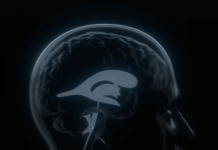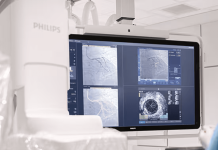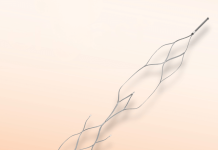The Sylvee device can diagnose chronic obstructive pulmonary disease with 90% accuracy.
US-based start-up Samay announced results for its artificial intelligence (AI) assisted wearable device, Sylvee, in patients with chronic obstructive pulmonary disease (COPD).
Sylvee continuously measures multiple respiratory functions such as air trapping, and pairs with the Sylvee mobile app and a research portal to display results. The device combines lung physiology, internet of things (IoT) sensors, signal processing, and AI/machine learning (ML).
“Our platform continuously captures pulmonary function data, including early COPD diagnostic biomarkers and predictors of exacerbations,” said Samay founder and CEO Maria Artunduaga.
The wearable device market has been steadily increasing since the sudden surge during the Covid-19 pandemic. The market is forecasted to be worth $156bn by 2024, as per GlobalData analysis. The subsection of the wearable device market, the remote monitoring device market is forecasted to be worth $760m in 2030.
GlobalData is the parent company of Clinical Trials Arena.
The study enrolled 110 patients with COPD, asthma, and healthy controls. It was conducted in partnership with the Pulmonary, Critical Care & Sleep Disorders Institute of South Florida (PCSI).
RELATED: Ortho Development introduces partial knee replacement system
Air trapping is a measurable biomarker of COPD. It occurs when air does not leave the lung creating resonance changes in the lung. Sylvee detected air trapping by measuring differences in residual volume (RV) and total lung capacity (TLC) with 83% accuracy compared to pulmonary function tests (PFT) in hospital settings.
Furthermore, Sylvee diagnosed COPD with 90% accuracy and detected medication efficacy during pre-bronchodilation and post-bronchodilation PFTs.
“Exacerbations or flare-ups of chronic lung conditions cause a major burden on patients, families, and global healthcare systems. They are often diagnosed and treated late, as worsening of respiratory symptoms may be felt well after the biological changes occur,” said Ruth Tal-Singer, former CEO and CSO of the COPD Foundation and member of the Samay scientific advisory board.
“An effort-independent, simple, non-invasive approach to remotely monitoring, detecting and reporting early changes in air trapping offers a fantastic opportunity to start treatment and prevent severe outcomes such as hospitalisation.”






